Imagine a living flower wall as the perfect backdrop for your next brunch on the patio. Hydrangeas don’t have to work merely as specimen plantings or container shrubs. They can also be used to create vibrant, ready-to-be-talked-about hedgerows. We recommend choosing a medium-sized hydrangea with compact habit for maximum “bushiness”. You can also use hydrangeas for low privacy hedges or divider rows.

Installing hydrangeas as hedge rows is not unlike planting them for any other purpose, but you’ll need to pay close attention to their mature size and spread.Situate your plants so that the established hydrangeas are able to touch or intertwine, creating a row without gaps. For most plants, that means spading them so that each hydrangea is given just a few inches less than its full width.Make sure you’ll be able to allot the care and watering needed to keep your hedge happy and healthy-a bunch of hydrangeas use more resources than just a single plant, and you’ll need to provide consistent watering and nutrition to ensure the plants grow at the same rate.Prepping the Soil for HydrangeasHydrangeas prefer rich, well-fertilized soil that drains well. The first step in loving your hydrangeas? Giving your soil some love.
Work the soil to at least six inches deeper than you plan to plant your hydrangeas. If your hydrangeas come in a 12 inch tall pot, you’ll need to aerate and amend the soil to a depth of one and a half or two feet.If your soil is poor in quality, rocky, sandy, or made up of heavy clay, break up the soil well. Use the native soil as much as possible, and add in compost sparingly. Organic compost or aged manure, will add nutrients to the soil and help to aerate.
How to Plant Hydrangeas: Step by Step InstructionsOnce you’ve chosen the perfect spot for your hydrangeas and prepared the soil, you’re ready to plant. For best results when planting hydrangeas, follow these steps:
Create a hole twice as wide as the plant’s root system, and about six inches deeper than the plant’s pot. Break up the soil a bit before you plant to help the roots easily establish themselves. Score, or rough up, the sides of the hole before planting your hydrangea. This allows the roots to enter the existing soil more easily.Now, unpot your hydrangea. Check to ensure that the roots look healthy, and trim or break up any pot-bound roots.Next, you’ll place the plant into the hole at about the depth at which it was set in its shipping container.Begin to backfill the soil, and water in the plant when you’ve refilled the hole halfway. Watering helps to eliminate any air pockets and settle the plant in. Then, fill the rest of the way.Water the plant in well. If any soil settles and exposes the root ball, add more soil until the roots are covered again.If you’re performing spring mulching, set a layer of mulch 2-3 inches thick over your planting site. Be careful to not crowd the mulch up against the base of the plant.
Hydrangea Pests and Diseases
Hydrangeas don’t suffer from many diseases, but they are susceptible to grazing by deer and other mammals over the winter. Deer will browse all hydrangea species, and, depending on other food sources available, they can go after them quite heavily. To a lesser extent, rabbits, mice and voles can also cause damage to tender shoots and leaves.Oakleaf and arborescens hydrangea are particularly prone to deer browsing. Prior to winter, wrap the accessible parts of the hydrangea with a deer cage or wire. If that doesn’t deter your furry friends, try a commercial deer repellent.
Recommended Hydrangea VarietiesThe wide variety in the hydrangea genus makes for plenty of options-and, occasionally, decision paralysis. Check out a few of our favorite new hydrangeas and classics.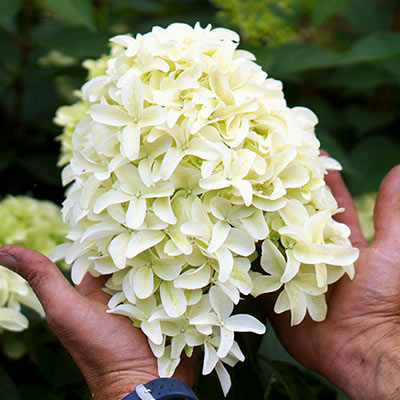
- Skyfall is a new, more compact hydrangea for lovers of Limelight and other green-white paniculatas. Exceptionally large flower clusters on a mid-size plant open in early summer, with the shape of classic hyacinths.
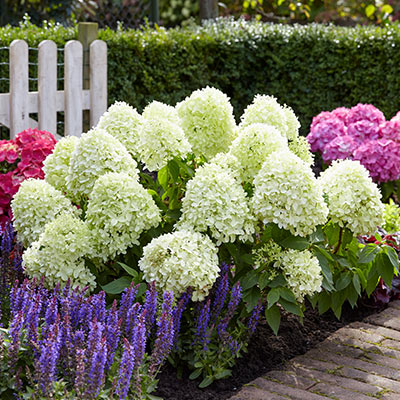
- Little Spooky is a beautifully compact paniculata, similar to Limelight or Skyfall but smaller. A true dwarf hydrangea, Little Spooky can be planted in groups along small borders, but offers a big punch of pleasant green color.
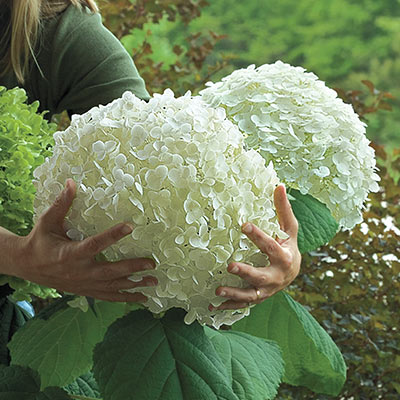
- Incrediball Hydrangea offers huge, fairy-tale-esque blooms at nearly 12 inches wide. This is a remarkable Arborescens hydrangea, with strong stems that won’t break even under the weight of those magnificent flowers.
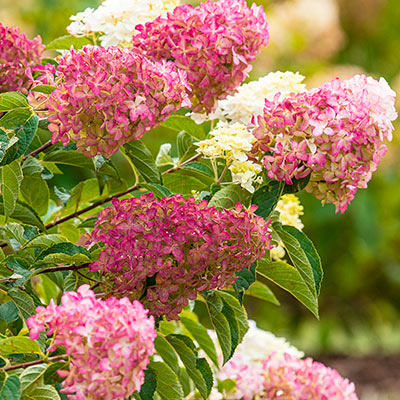
- Berry White is a beautiful example of a white-to-red paniculata. Its large, white, conical flower heads mature to a rich dark pink to red, but variance in the shift of individual blooms gives a lovely multi-hued look to the landscape.
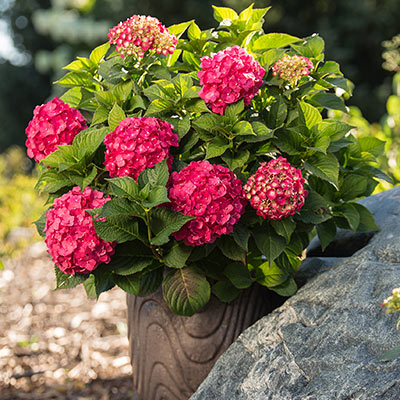
- Summer Crush is another option for lovers of rich tones. It’s one of the truest red hydrangeas yet grown in the United States. This macrophylla blooms in deep raspberry tones, and it’s incredibly cold-hardy.
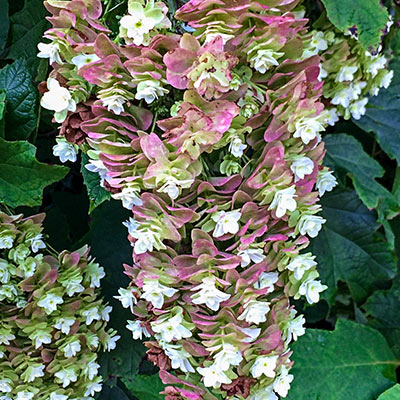
- Snowcicle an oakleaf hydrangea, starts with white double florets, creating a cascade of texture. Those flowers age to soft rose-red, then change to a light green hue as the season goes on.
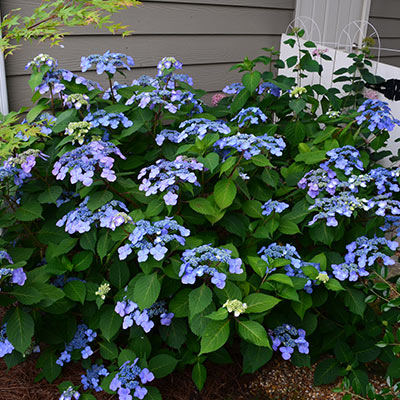
- Twist N Shout Hydrangea, a lacecap macrophylla, features a lovely periwinkle blue tone in its blooms in acidic soil, and a pretty bluish pink in alkaline. Luckily, you won’t find yourself short on these blooms, since this macrophylla blooms on both old and new wood.
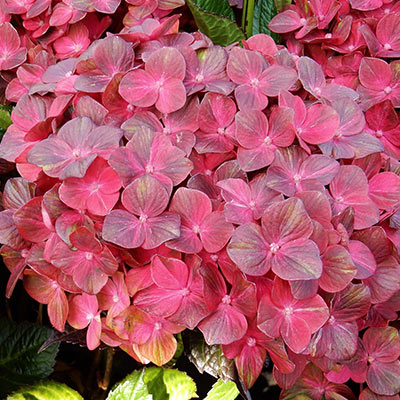
- Magical Chocolate is a unique hydrangea, with thick latex-like sepals and a deepening red color tinged with chocolatey hues.
No matter what kind of hydrangea you choose, Spring Hill is here to help you make this year’s garden your most successful yet. For more hydrangea help, check out our gardening guides.








